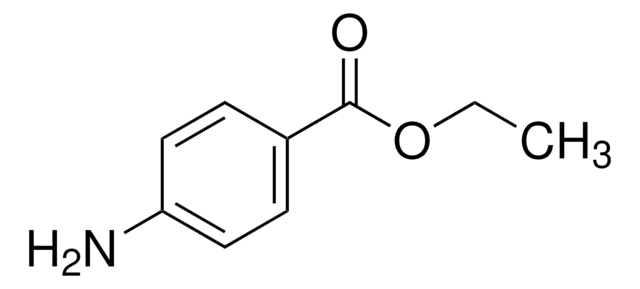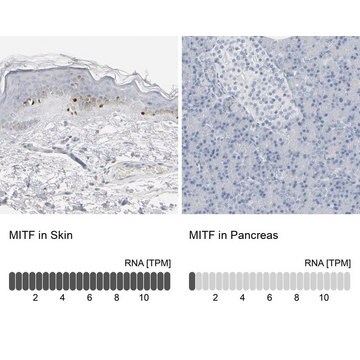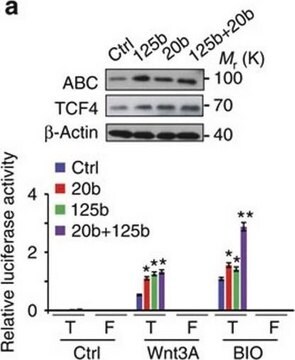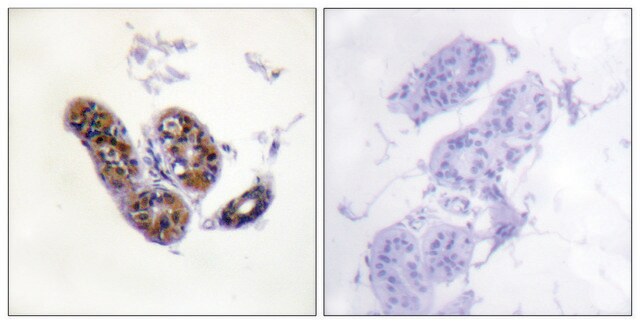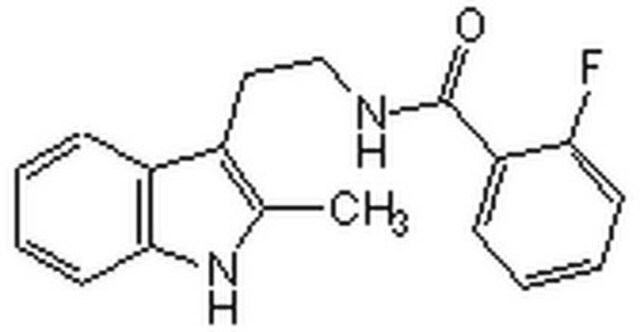MAB3747
Anti-Microphthalmia (Mi) Antibody, clone C5
clone C5, Chemicon®, from mouse
About This Item
Recommended Products
biological source
mouse
Quality Level
antibody form
purified immunoglobulin
antibody product type
primary antibodies
clone
C5, monoclonal
species reactivity
mouse
species reactivity (predicted by homology)
human, rat
manufacturer/tradename
Chemicon®
technique(s)
electrophoretic mobility shift assay: suitable
immunohistochemistry (formalin-fixed, paraffin-embedded sections): suitable
immunoprecipitation (IP): suitable
western blot: suitable
isotype
IgG1
shipped in
wet ice
target post-translational modification
unmodified
General description
Specificity
Immunogen
Application
A previous lot of this antibody was used in IP. (2 µg/mg of protein lysate)
Gel supershift assays:
A previous lot of this antibody was used in EMSA.
Immunohistochemistry(paraffin):
A previous lot of this antibody was used in IH on frozen and formalin/paraffin tissue sections.
Optimal working dilutions must be determined by end user.
Quality
Western Blot Analysis:
1:500 dilution of this lot detected Mi on 10 μg of Mouse Brain lysates.
Target description
Physical form
Storage and Stability
Handling Recommendations: Upon receipt, and prior to removing the cap, centrifuge the vial and gently mix the solution. Aliquot into microcentrifuge tubes and store at -20°C. Avoid repeated freeze/thaw cycles, which may damage the IgG1 and affect product performance.
Analysis Note
501 Mel human melanoma cells, wild-type human, rat, mouse osteoclast cells.
Other Notes
Legal Information
Not finding the right product?
Try our Product Selector Tool.
Storage Class Code
12 - Non Combustible Liquids
WGK
WGK 2
Flash Point(F)
Not applicable
Flash Point(C)
Not applicable
Certificates of Analysis (COA)
Search for Certificates of Analysis (COA) by entering the products Lot/Batch Number. Lot and Batch Numbers can be found on a product’s label following the words ‘Lot’ or ‘Batch’.
Already Own This Product?
Find documentation for the products that you have recently purchased in the Document Library.
Our team of scientists has experience in all areas of research including Life Science, Material Science, Chemical Synthesis, Chromatography, Analytical and many others.
Contact Technical Service
